Could the boreal forest be less fragile than we think? Contrary to the predictions of models that forecast its rapid decline in favour of temperate maple forests, the ecological history of the boreal forest is showing surprising resilience.
Maple trees, meanwhile, are advancing more slowly than predicted. As a result, the promised great forest transition may not happen as quickly as imagined.
The composition and structure of forests are the result of complex ecological dynamics that are influenced by several factors, including soil type, ecological disturbances (fires, windfalls, insect epidemics), climate and the ability of species to respond to these conditions.
The boreal forest is a vast biome bordered to the south by the temperate forest. As is the case wherever two large natural environments meet, the transition is not sudden. Instead, there is an intermediate zone called an ecotone, where the characteristics of the two biomes blend together.
This zone is called the boreal-temperate forest ecotone and it encompasses the forests of southern Québec and Ontario. Here, there are small stands of trees typical of boreal and temperate forests, becoming increasingly rare and isolated as they approach conditions that exceed what they can tolerate in order to survive.
As a doctoral student in forest ecology and a professor of plant ecology at l’Université du Québec à Rimouski (UQAR), respectively, we are interested in the past and present dynamics of stands located at the northern limit of temperate forest species. The sugar maple, a tree that is culturally, ecologically and economically emblematic, is among these.
Our goal is to reconstruct the ecological history of marginal stands in order to better understand their trajectory over time and use this knowledge to anticipate the effect of contemporary global changes on forests.
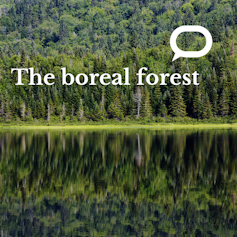
This article is part of The Conversation Canada’s series The boreal forest: A thousand secrets, a thousand dangers
The Conversation Canada invites you to take a virtual walk in the heart of the boreal forest. In this series, our experts focus on management and sustainable development issues, natural disturbances, the ecology of terrestrial wildlife and aquatic ecosystems, northern agriculture, and the cultural and economic importance of the boreal forest for Indigenous peoples. We hope you have a pleasant — and informative — walk through the forest!
A constantly shifting frontier
For nearly three million years, the global climate has naturally oscillated between glacial and interglacial periods due to cyclical variations in the Earth’s orbit. The current inter-glacial period, which began about 12,000 years ago, is called the Holocene. Although more stable than glacial periods, this geological period has experienced significant climate change.
For example, between 8,000 and 4,000 years ago, the Middle Holocene period was warmer than today. Longer growing seasons in the mixed boreal forest ecotone would then have caused the northern limit of certain temperate species to shift more than 100 kilometres beyond their current distribution.
However, for temperate species to migrate northwards, boreal species must give way. During the Middle Holocene, the proportions of species in the ecotone would have favoured certain temperate species. Conversely, the Neoglacial, a period of global cooling that began 4,000 years ago, reversed this trend. Temperate species retreated southwards, while boreal species regained ground in the ecotone.
Today, a new reversal is on the horizon with human-induced global warming. Models predict that the current mixed boreal forest ecotone will almost entirely disappear from the landscape by 2100, giving way to a temperate forest dominated by sugar maples.
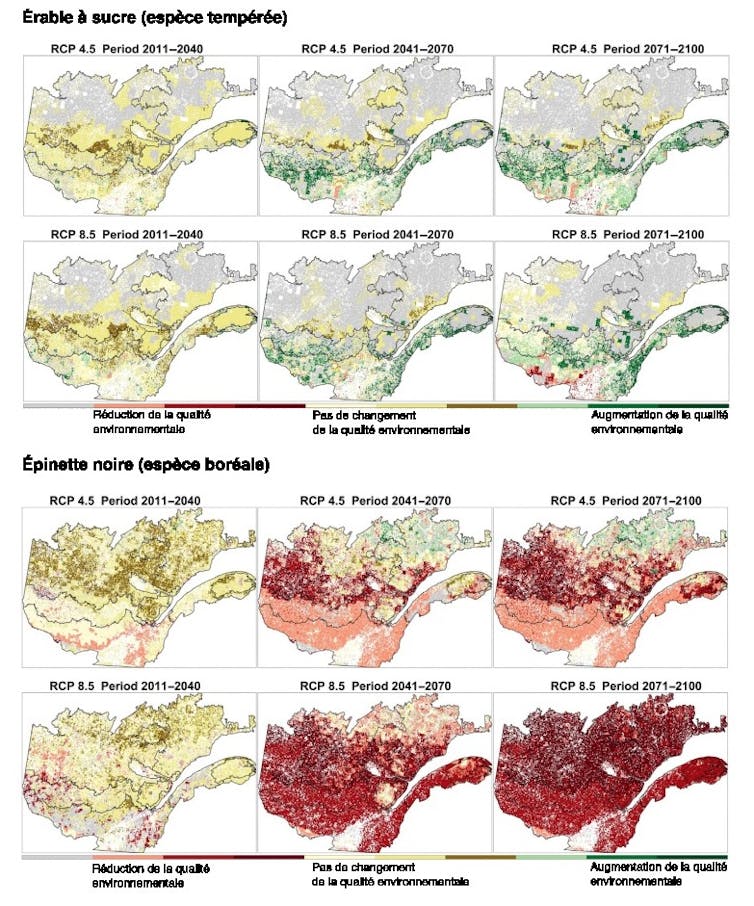
(Courtesy of the authors)
Read more:
Pourquoi certains arbres perdent-ils leurs feuilles alors que d’autres restent verts toute l’année ?
A unique phenomenon
However, it is likely that not all temperate forest species will react in a synchronized manner. New data from maple forests located at the northern limit of sugar maple and red maple growing areas indicate that temperate forest species reacted individually to past climate change eras.
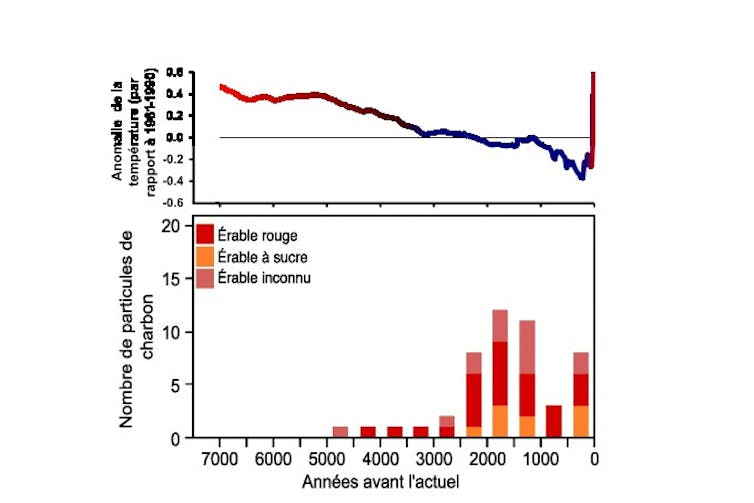
(Courtesy of the authors)
During the warm temperature interval in the Middle Holocene, some temperate species were able to take advantage of the climatic conditions to push their northern limits further.
Maples, unlike other temperate species, did not reach the northern limit of their distribution during this warm period. Instead, they became established as the average temperature decreased and boreal species increased in abundance in the ecotone. Since maples are temperate species, they require different environmental conditions than boreal species.
The establishment of maples at the same time as the increase in the abundance of boreal conifers in the landscape, therefore, seems paradoxical.
Two factors to consider
Several factors could explain this phenomenon. Boreal coniferous forests are more prone to large, severe fires than temperate deciduous forests. The reduction in boreal species in the ecotone during the Middle Holocene would have therefore led to a decrease in the size and severity of fires.
Read more:
Les incendies de forêt récents sont-ils pires que ceux des deux derniers siècles ?
Temperate species such as white pine would then have become dominant, closing the forest canopy and limiting the ability of maple trees to establish themselves. The return of boreal conifers during the Neoglacial cooling 4,000 years ago led to an increase in large fires, creating temporary openings in the forest canopy. Some opportunistic temperate species, such as red maple, were then able to establish themselves there.
Read more:
Feux de forêt : voici pourquoi il faut une structure nationale pour mieux les gérer
Furthermore, the earliest empirical evidence of sugar maple at its northern limit dates back only 2,200 years ago. This time lag between the establishment of the two maple species may reflect the time required for the prior presence of red maple to alter soil properties, making them suitable for the establishment of sugar maple.
The latter necessarily depends on the presence of symbiotic mycorrhizae, which are absent in boreal environments but which it shares with the less demanding red maple.
Mycorrhizae — fungi that integrate into the root system of plants in a symbiotic relationship — help trees by increasing their ability to extract nutrients from the soil. In the case of sugar maple, a tree that is particularly sensitive to poor soils, the presence of mycorrhizae seems to enable the extraction of the few nutrients from northern soils, allowing the species to establish itself.
That means an ecological interaction between the two maples may have facilitated the late expansion of sugar maple northwards.
A new understanding
By evaluating species’ responses to past climate change, retrospective studies offer new insights into future scenarios.
Predictive models may underestimate the resilience of the boreal forest and overestimate the expansion capacity of temperate species.
The ecological history of northern maple forests suggests that it will take much more than a few decades of global warming before the boreal forest transforms into a maple forest. This delay could extend to millennia before mycorrhizae and beneficial companion species prepare the ground for the establishment of sugar maple.
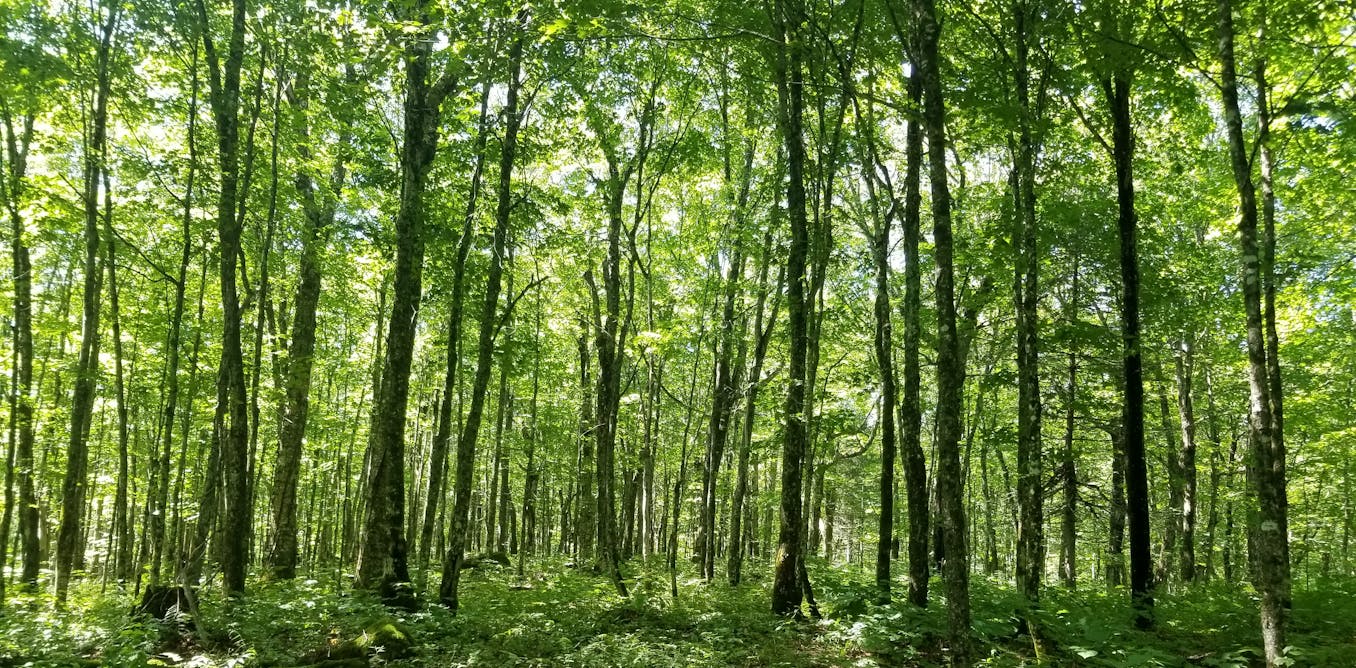
The post “The northern migration of the temperate forest isn’t proceeding as expected” by Todor Slavchev Minchev, Doctorant en écologie forestière, Université du Québec à Rimouski (UQAR) was published on 10/16/2025 by theconversation.com











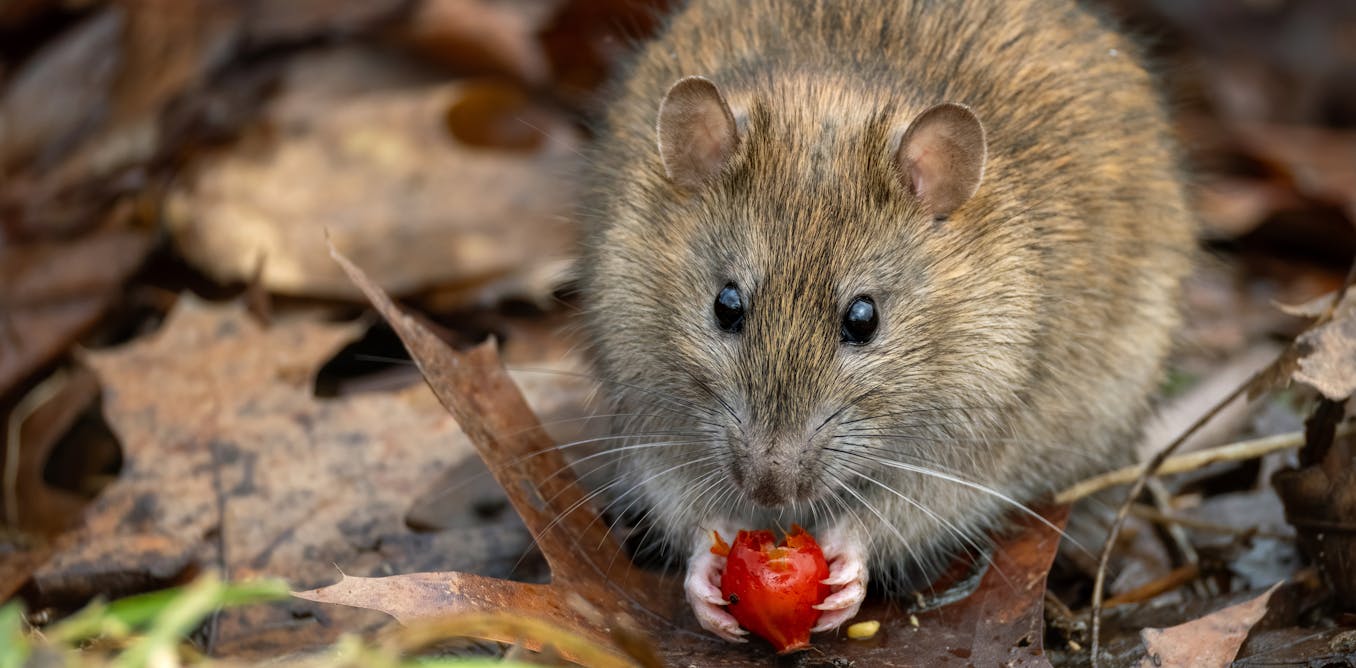
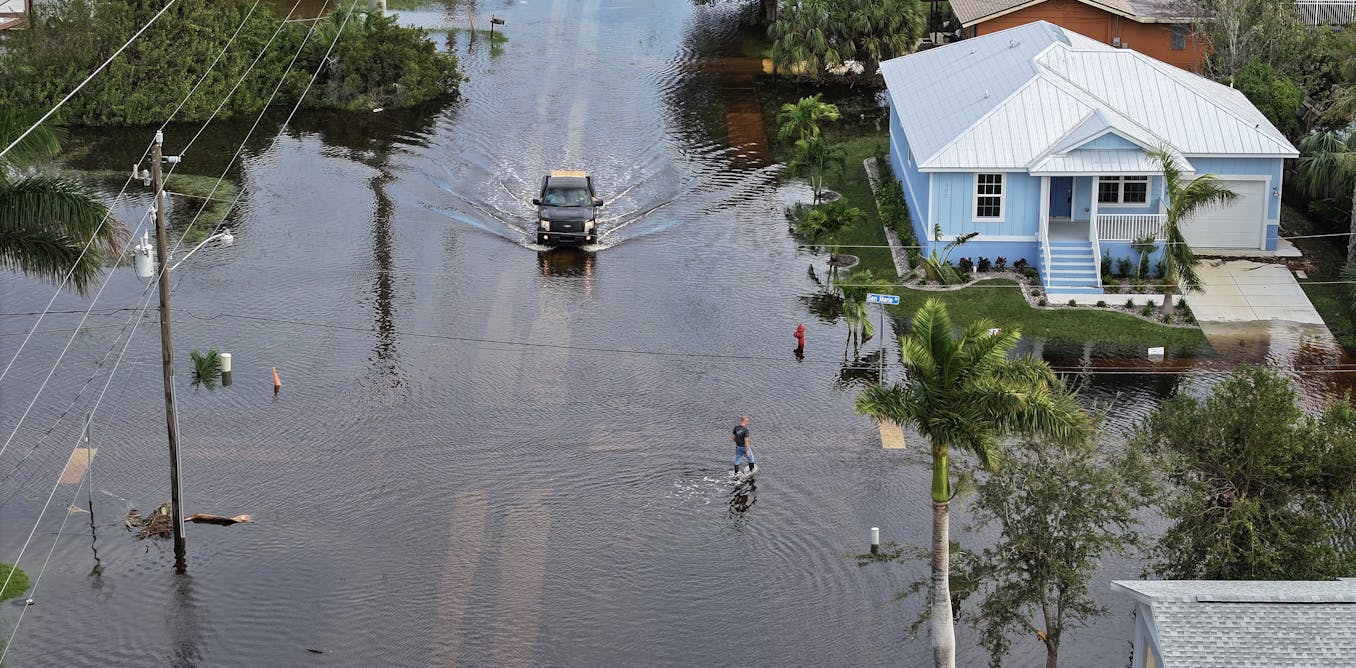
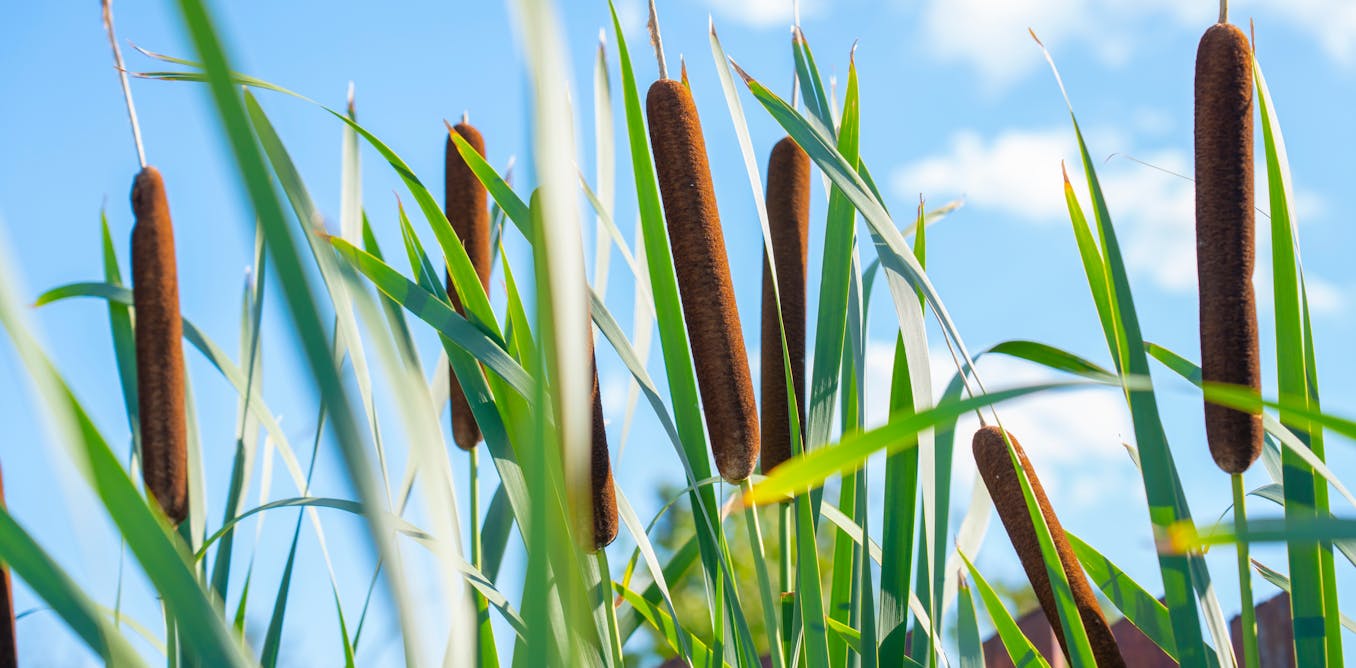

















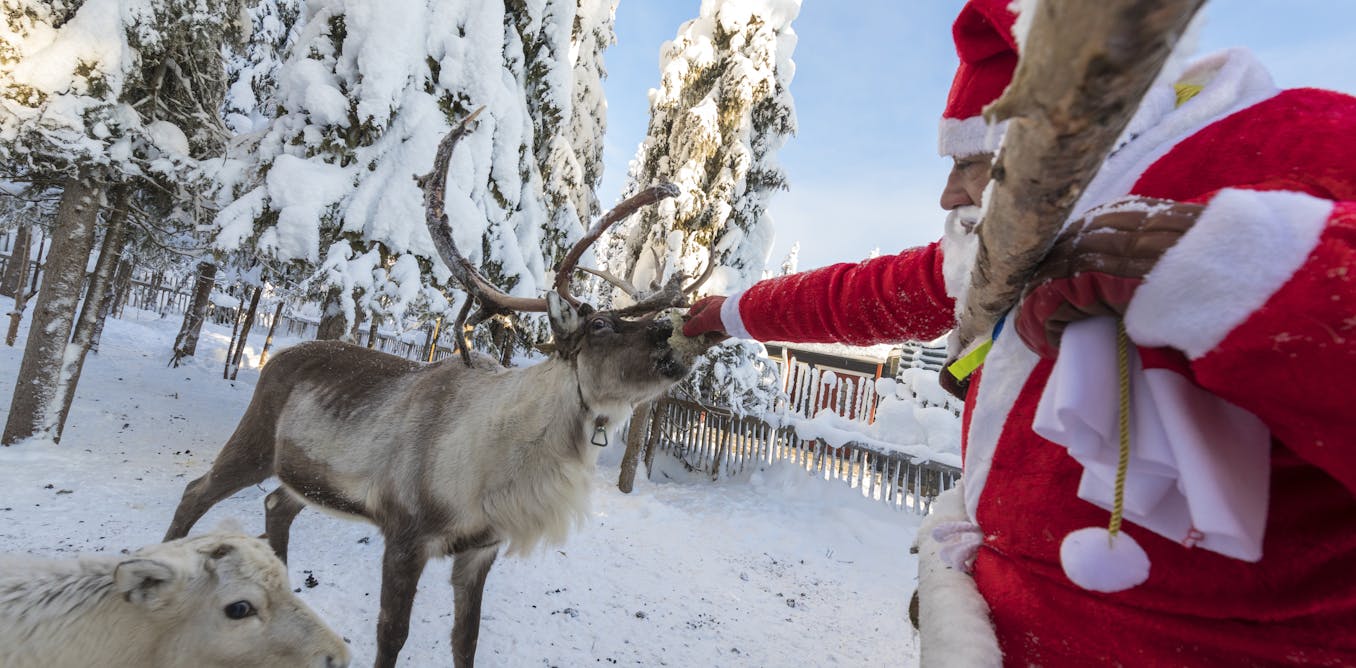



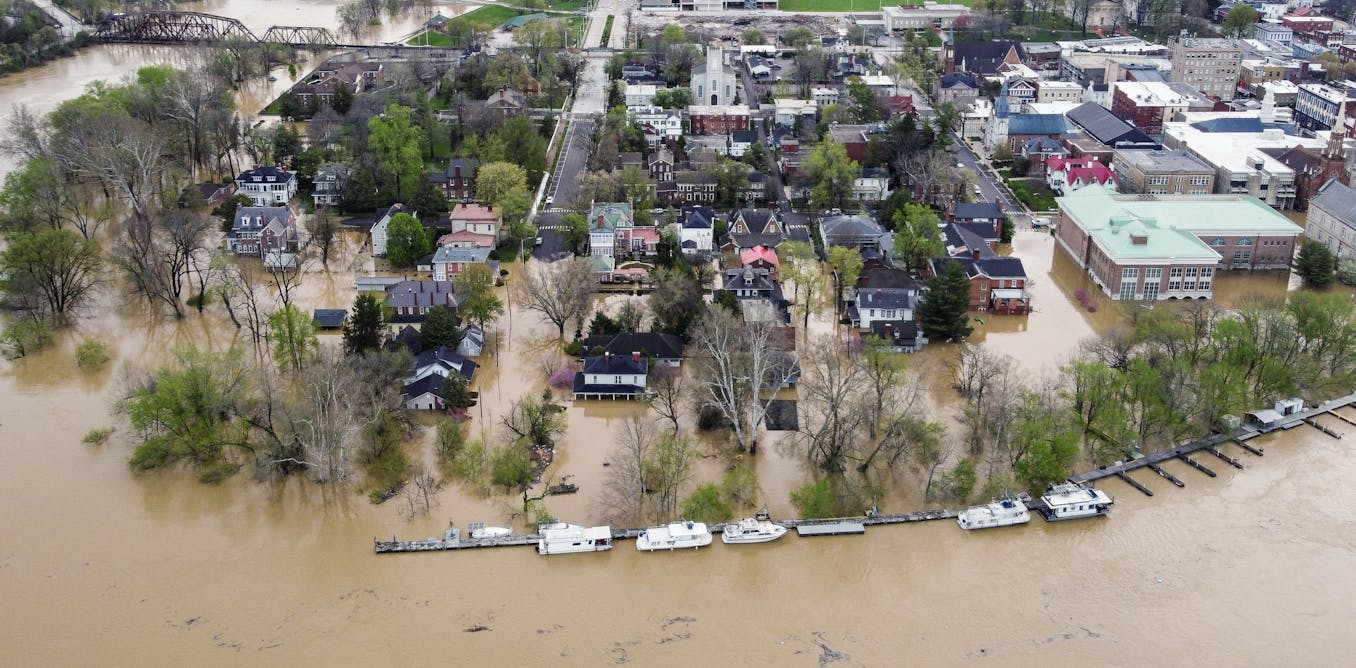
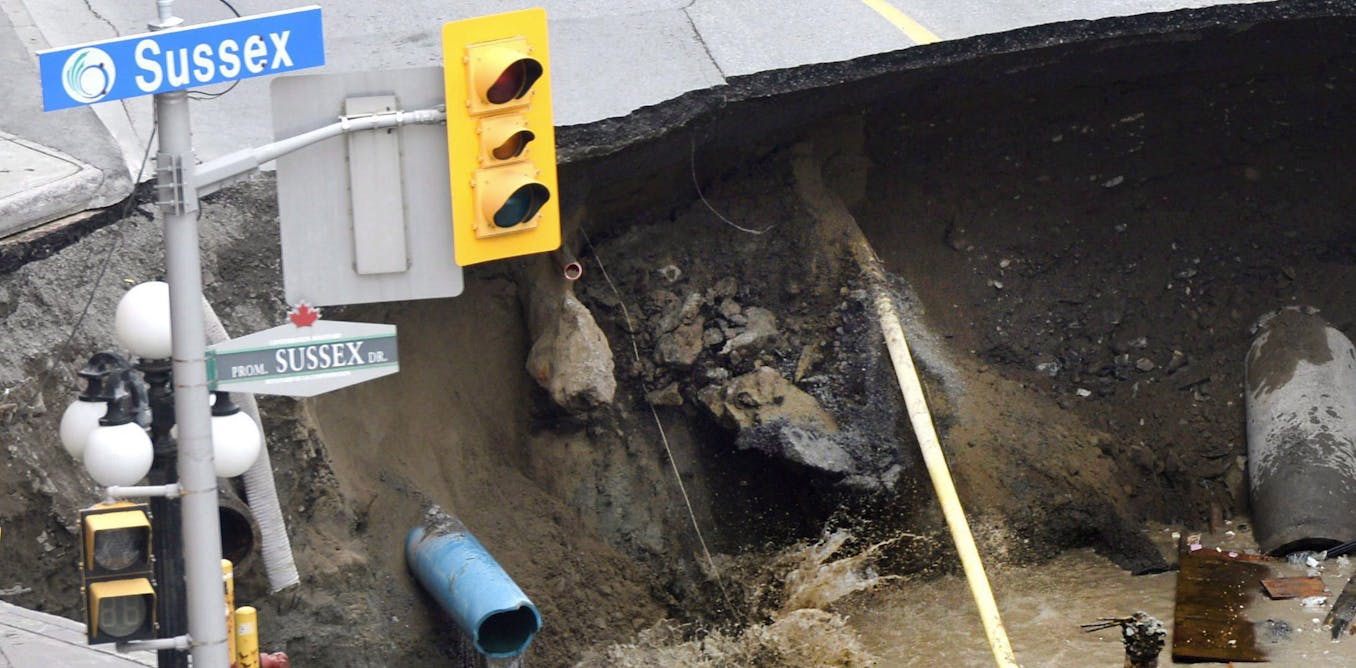
Leave a Reply